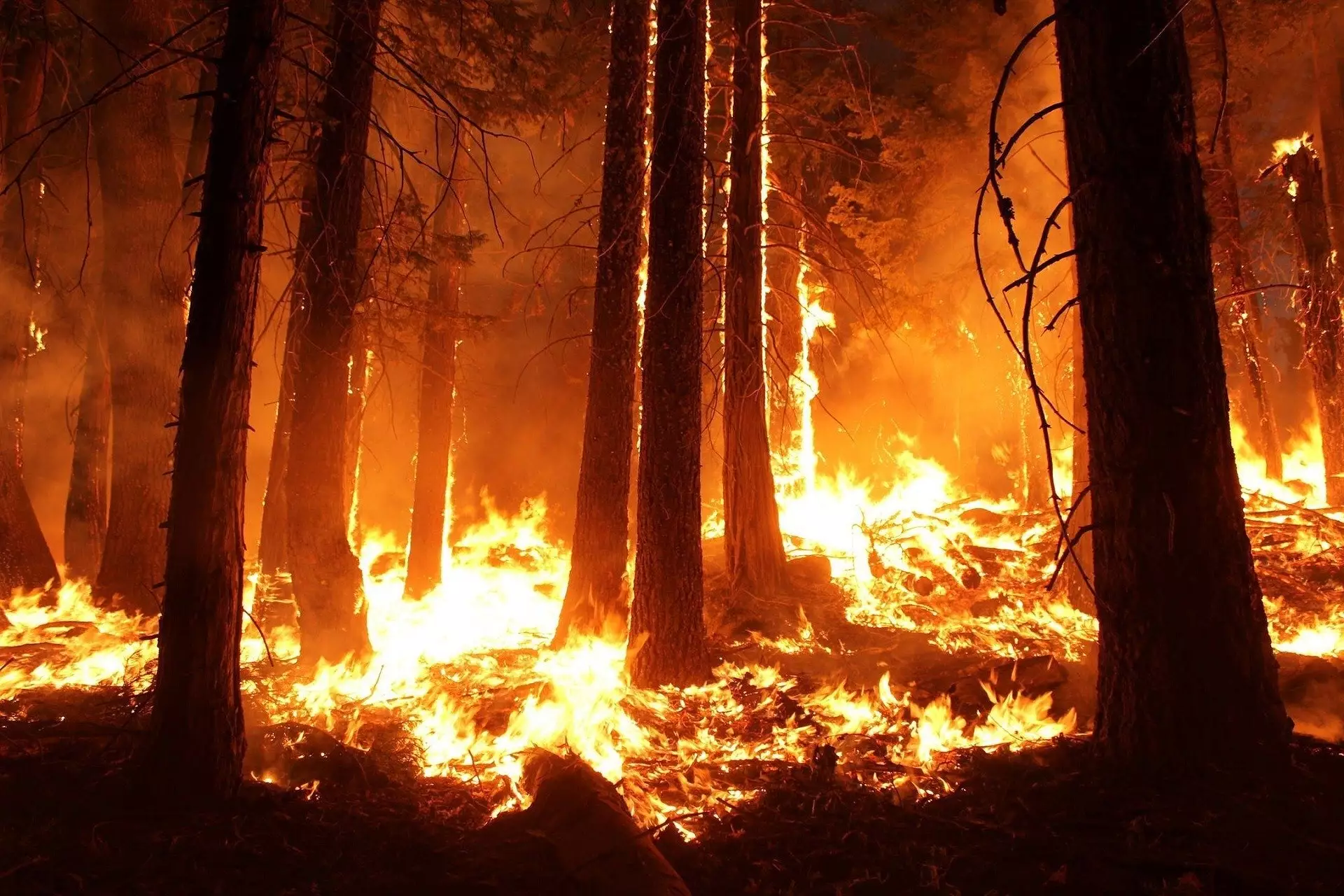In recent years, the incidence and intensity of forest fires have surged, indicating a changing environmental landscape that requires urgent attention. A comprehensive study published in Nature has analyzed over ten years of satellite data, revealing a startling connection between these increasing fire events and warming on land surfaces. The rapid rise in the size and frequency of wildfires in regions such as the western United States and eastern Spain is particularly concerning, with some areas reporting fire events that have more than doubled or even tripled in scale compared to previous decades. This alarming trend suggests that our ecological systems are undergoing significant upheaval, impacting climate dynamics in profound ways.
While it is established that larger fires lead to significant vegetation loss—as trees and plants serve as natural carbon sinks—the full ramifications of the exposed land on climate change were not fully understood until now. The groundbreaking research conducted by Chao Yue and their team examined wildfire events from 2003 to 2016 in northern temperate and boreal forests. Their findings suggest that the aftermath of these fires is not just characterized by immediate destruction but also entails long-term climatic consequences. One year following a wildfire event, a notable warming trend was observed—a fact consistent with earlier studies. However, this current study brings forth a crucial insight: the magnitude of the fire amplifies this warming effect significantly in regions such as North America and eastern boreal Asia.
The analysis sheds light on two critical changes resulting from fire incidents: a marked decrease in evapotranspiration and a reduction in surface reflectivity. Following larger fires, these parameters are diminished more severely. Essentially, the soil and land release less moisture and absorb more solar radiation, creating a spiraling effect of increasing warmth. This creates a cycle that can further aggravate climate warming, illustrating a feedback loop that could have dire implications for ecosystems and biodiversity alike.
Interestingly, the study did not observe a similar amplified warming effect in regions like western, central, and southeastern Siberia and eastern Europe. The presence of mixed forests and deciduous broadleaf trees in these areas appears to provide a moderating force on fire vulnerability. Based on these findings, researchers suggest that enhancing the number of broadleaf trees may offer a potential strategy for mitigating post-fire surface warming effects. However, the complexity of forest ecosystems necessitates further studies to understand how these trees can effectively suppress surface warmth, especially across different climatic regions in Eurasia.
As the world grapples with the escalating climate crisis, the implications of this study extend far beyond academic interest. The connection between forest fire frequency and land surface warming underscores the urgent need for a multi-faceted approach to forest management and climate mitigation strategies. Understanding these dynamics will be crucial in crafting interventions to protect vulnerable ecosystems while also adapting to the inevitable changes that climate change brings. Further research is essential, not merely to comprehend the interactions of fire and vegetation but also to empower policymakers with the knowledge needed to foster resilient landscapes amidst a warming world.


Leave a Reply